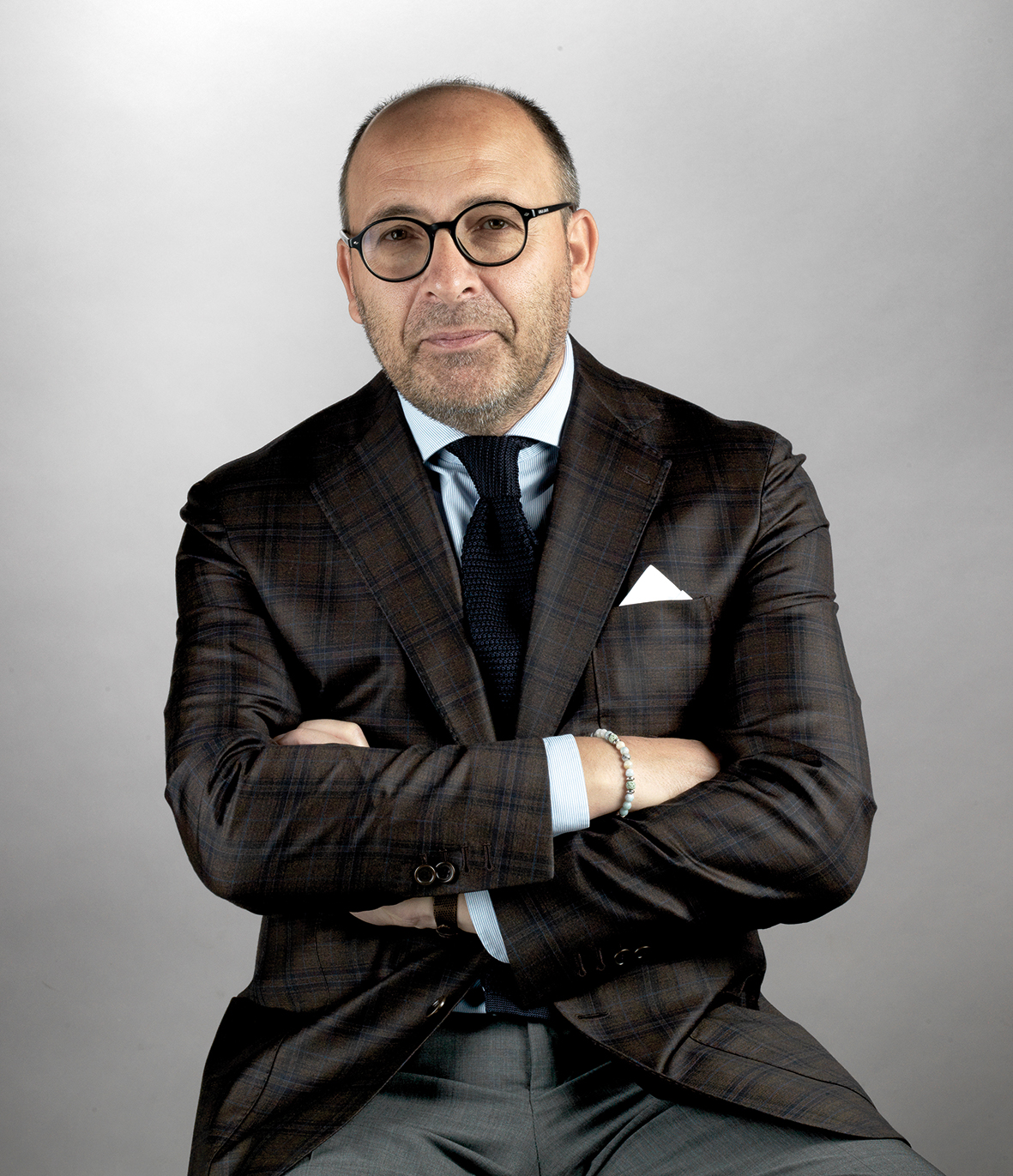
Editoriale: I conti non tornano
I numeri sono una scienza esatta, perché sono misurabili, riproducibili ed esprimibili in modo analitico ed oggettivo. I ragionamenti che possono generare, invece, sono interpretazioni a volte puntuali, altre meno. Come in questo caso, dove sembra che i conti non tornano, o meglio, si prestano a tante considerazioni.
Partiamo dai dati ufficiali della produzione orafa 2023 (Fonte Federorafi): l’anno si è chiuso con un significativo + 10 per cento rispetto al 2022 per un valore totale di 11,9 miliardi di euro. Di questi quasi il 92% destinati all’export. Andando per sottrazione si deduce che il mercato domestico ha assorbito circa 1 miliardo di euro della produzione totale. Prendiamo poi i numeri che ci fornisce Federpreziosi Confcommercio. Il sindacato dei dettaglianti orafi italiani stima che le 12.771 “vetrine” presenti lungo lo stivale hanno generato un fatturato globale (2023) di 6,2 miliardi di euro, in crescita rispetto al 2022 del 10,2%. Dato positivo, ma se lo compariamo a quello della produzione dello stesso periodo scopriamo che il riassortimento vale circa il 17 per cento del totale scontrinato.
A questo punto le chiavi di lettura possono essere tante e di diversa natura. La prima interpretazione potrebbe essere legata alla “solidità” delle casseforti: tanta merce accumulata negli anni, in grado di garantire l’offerta del proprio negozio. La seconda ipotesi è collegata al ritorno economico generato dalla vendita di monili in argento, bijoux ma soprattutto orologeria. Non dimentichiamo che il fenomeno del “secondo polso”, negli ultimi anni, grazie anche alla spinta ricevuta dai social, soprattutto tiktoker, ha raggiunto livelli di popolarità inaspettati. Su questo mio ragionamento sarebbe importante indagare maggiormente.
The numbers don’t add up
Numbers are an exact science because they are measurable, reproducible and can be expressed analytically and objectively. The reasoning they can generate, on the other hand, are interpretations that are sometimes analytical and sometimes less so. As in this case, where it seems that the accounts do not add up, or rather, they lend themselves to many considerations. Let us start from the official data on goldsmith production 2023 (Source: Federorafi): the year closed with a significant +10% compared to 2022 for a total value of 11.9 billion euro. Of this, almost 92% is destined for export. Going by subtraction, we deduce that the domestic market absorbed about 1 billion euro of the total production. Let us then take the figures provided by Federpreziosi Confcommercio. The union of Italian goldsmith retailers estimates that the 12,771 ‘shop windows’ along the boot generated a global turnover (2023) of 6.2 billion euro, up by 10.2% compared to 2022. This is a positive figure, but if we compare it with that of production in the same period, we discover that restocking is worth around 17% of the total receipts.
At this point, there can be many different interpretations. The first interpretation could be linked to the ‘solidity’ of the safes: a lot of merchandise accumulated over the years, able to guarantee the offer of one’s shop. The second hypothesis is linked to the economic return generated by the sale of silver jewellery, bijou but above all watchmaking. Let us not forget that the phenomenon of the ‘second wrist’ has reached unexpected levels of popularity in recent years, thanks also to the boost received from social networks, especially tiktoker.

POST COMMENT
Devi essere connesso per inviare un commento.